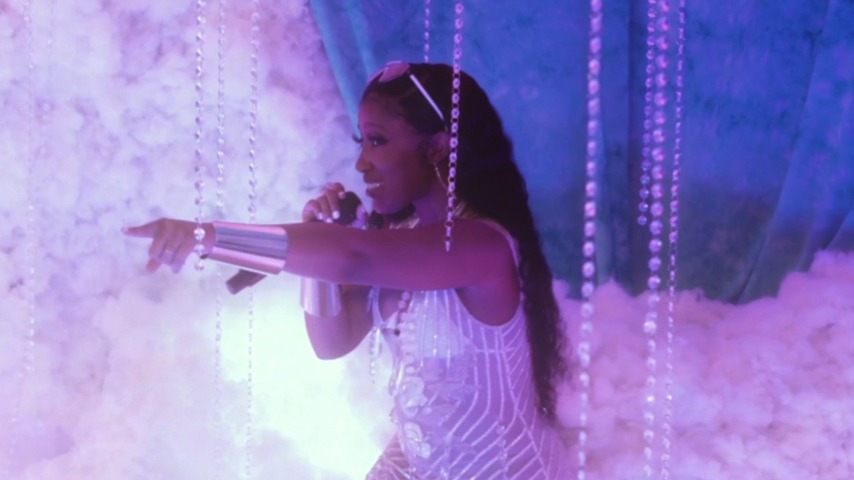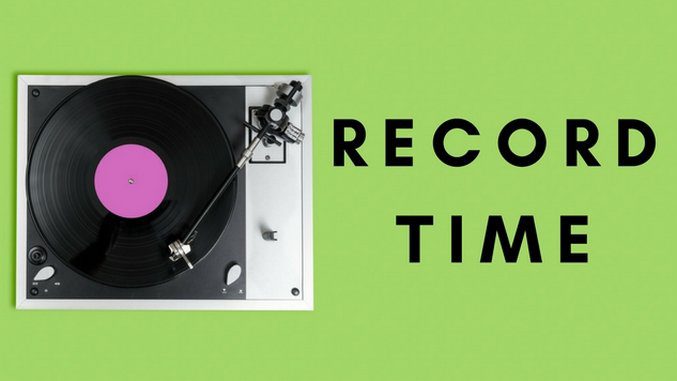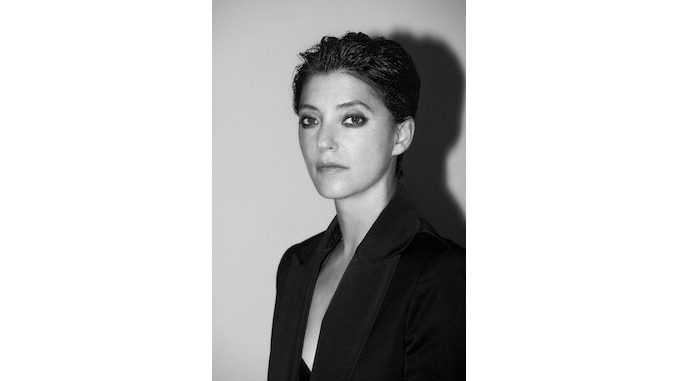South by Southwest 2021 was an event unlike any in the music, film and tech extravaganza’s history, relocating its many festivities from the streets and stages of Austin, Texas to the internet for the very first time, and as an unfortunate result, you could be forgiven for not having realized it was happening at all. Rather than stumbling down Sixth Street, Lone Star in hand and Texas barbecue in belly, attendees of this year’s South By, including the Paste Music team, experienced the fest via web browsers and smart TV apps, streaming pre-recorded, often bite-sized performances by 280 of their would-be new favorite bands, as well as tuning in for Zoom conversation keynotes and setting their own film festival schedules on demand. A response to unprecedented circumstances, SXSW Online was a smooth, yet strange virtual event that, by streamlining the festival experience, necessarily sapped it of all the chaotic energy and excitement that makes live music (let alone festivals) so irreplaceable.
Of course, a choice between digital festival and no festival is no choice at all. After the gut check that was SXSW 2020’s cancellation due to COVID concerns, and subsequent event staff layoffs, the organizers were forced to adapt. SXSW 2021 happening in any form or fashion was a small miracle, and must have been a heavy logistical lift. The virtual music festival, much like livestreaming platform Bandsintown PLUS, consisted primarily of pre-recorded showcasing performances that were broadcast at specific days and times, requiring fans to watch them as if they were live. Some showcases listed acts’ exact set times on their detail pages, while others didn’t, making it difficult to know when certain artists would be taking the stage within each showcase. In a way, SXSW 2021 is still going on: Most (though it’s hard to say just how many) of the music showcases will remain available to passholders through April 18, essentially splitting the difference between live, one-night-only-type performances and concerts on demand. During the festival, however, it was unclear which sets would be streaming later and which wouldn’t, meaning the only way to be absolutely certain you wouldn’t miss a much-anticipated act was to tune in at their appointed time.
The scheduling of it all was another of SXSW Online’s unexpected quirks. From 6-7 p.m. ET on each of the festival’s five nights (March 16-20), there were consistent logjams of overlapping showcases, forcing attendees to zig or zag as they would have at an in-person festival—though you could argue that making those tough decisions is one of the hallmarks of the typical music festival experience, and part of the fun in their own excruciating way. Where the virtual version got messy was when you tried switching between those three showcases, rather than simply choosing one: Though pivoting from one act to another was as simple as pressing a few buttons, rather than racing across town, some of the sets were so short that, if you clicked away, by the time you got acclimated to the next act, you had already missed a significant chunk of the previous. The shortest set I clocked was a mere six minutes, while the very longest approached only half an hour. Showcases frequently packed as many as six bands into an hour, giving artists including Indigo Sparke, Black Country, New Road and Shannen James only two songs’ worth of airtime to make their marks.
This restriction benefitted bands best known for their brevity: Chubby and the Gang, for instance, squeezed five tracks (several of which were unreleased) into only 13 minutes. Most acts eschewed stage banter altogether—an understandable decision, considering the majority of them were performing to empty rooms—but you almost felt bad for the ones who didn’t, as they hardly could afford to spend time pulling focus from their music itself. Irish pop-rap duo Tebi Rex had only eight minutes of screen time, yet vocalist Matt O’Baoil took the time to introduce his bandmate Max Zanga and their backers, an endearing move that stood out from the (perhaps more logical) all-business approach of the majority of this year’s showcasing acts. Other artists distinguished themselves by pointedly refusing to embrace the artifice of pre-recorded sets: Austin rapper Mama Duke, for one, insisted on leaving mistakes in her set, remarking on her own pandemic-era rust (“I ain’t been onstage in a minute!”) and declaring, “We could do that one over, but we gotta let the camera know what’s real up here.”
That was hardly the only observable ripple effect of COVID. It was relatively commonplace to see artists wearing masks while performing among their bandmates, and other acts were forced to get creative with their social distancing measures. Performing at the British Music Embassy’s dedicated, COVID-safe venue, one of Glaswegian five-piece Walt Disco’s guitarists performed remotely, as seen on a video board erected onstage. Australian dream-pop project Hachiku (led by Anika Ostendorf) performed on a suburban porch (as shot, seemingly, via drone), with most of the band outside, but their second guitarist inside the house, peering through a front window. Conversely, bands like Data Animal and Drinking Boys and Girls Choir got cozy, packing into tight spaces with their bandmates (and apparent pandemic pod members), and going all-out with a strobing light show and intense, selfie stick-assisted camera work, respectively, to pack a punch that transcended their close quarters.
Whereas some artists (like the British Music Embassy lineup) benefitted from the production values of their respective showcases, the tradeoff was that those shows tended to blur together. Artists who shot their performances at home or elsewhere had the opportunity to bring some unique flair to the proceedings, from Neighbor Lady’s empty Atlanta church and California rapper Hook’s outdoor tiki bar to Yung Baby Tate’s heavenly room full of artificial clouds (pictured up top) and Aboriginal artist Baker Boy’s Australian Outback trail. Los Angeles-based synth-pop duo Magdalena Bay cleverly poked fun at their own low-budget set-up, performing in a living room in front of a green screen, upon which they displayed either cartoonish, hand-drawn imagery or nothing at all, as if to say with a wink, “Pay no attention to the man behind the curtain.” They also added a clip art-esque audience overlay at times to accompany tinny fake crowd noise, embracing the uncanny quality of their unseen virtual audience.
That was what this year’s event ultimately missed most: the community that comes from rubbing elbows with a sea of fellow fans of your (new) favorite bands. While showcase pages also featured live chat windows, and SXSW Online XR offered some semblance of attendee community via VR, there was no substitute for the communal joy of live music to be found at Couch by Couchwest. It remains to be seen how music lovers at large feel about canned livestreams—SXSW has yet to share numbers on pass sales, but we won’t be surprised if the virtual event proved far more of a draw for music-industry types than casual fans. With vaccinations on the rise worldwide, hope for the return of concerts as we know them continues to bloom, but until then, we’ll have to trade the life-affirming immediacy of live shows for their flattening—concerts as “content,” available at the touch of a button, yet still just out of reach.
Scott Russell is Paste’s music editor and he’ll come up with something clever later. He’s on Twitter, if you’re into tweets: @pscottrussell.




